HSBC 2011 Annual Report Download - page 193
Download and view the complete annual report
Please find page 193 of the 2011 HSBC annual report below. You can navigate through the pages in the report by either clicking on the pages listed below, or by using the keyword search tool below to find specific information within the annual report.-
 1
1 -
 2
2 -
 3
3 -
 4
4 -
 5
5 -
 6
6 -
 7
7 -
 8
8 -
 9
9 -
 10
10 -
 11
11 -
 12
12 -
 13
13 -
 14
14 -
 15
15 -
 16
16 -
 17
17 -
 18
18 -
 19
19 -
 20
20 -
 21
21 -
 22
22 -
 23
23 -
 24
24 -
 25
25 -
 26
26 -
 27
27 -
 28
28 -
 29
29 -
 30
30 -
 31
31 -
 32
32 -
 33
33 -
 34
34 -
 35
35 -
 36
36 -
 37
37 -
 38
38 -
 39
39 -
 40
40 -
 41
41 -
 42
42 -
 43
43 -
 44
44 -
 45
45 -
 46
46 -
 47
47 -
 48
48 -
 49
49 -
 50
50 -
 51
51 -
 52
52 -
 53
53 -
 54
54 -
 55
55 -
 56
56 -
 57
57 -
 58
58 -
 59
59 -
 60
60 -
 61
61 -
 62
62 -
 63
63 -
 64
64 -
 65
65 -
 66
66 -
 67
67 -
 68
68 -
 69
69 -
 70
70 -
 71
71 -
 72
72 -
 73
73 -
 74
74 -
 75
75 -
 76
76 -
 77
77 -
 78
78 -
 79
79 -
 80
80 -
 81
81 -
 82
82 -
 83
83 -
 84
84 -
 85
85 -
 86
86 -
 87
87 -
 88
88 -
 89
89 -
 90
90 -
 91
91 -
 92
92 -
 93
93 -
 94
94 -
 95
95 -
 96
96 -
 97
97 -
 98
98 -
 99
99 -
 100
100 -
 101
101 -
 102
102 -
 103
103 -
 104
104 -
 105
105 -
 106
106 -
 107
107 -
 108
108 -
 109
109 -
 110
110 -
 111
111 -
 112
112 -
 113
113 -
 114
114 -
 115
115 -
 116
116 -
 117
117 -
 118
118 -
 119
119 -
 120
120 -
 121
121 -
 122
122 -
 123
123 -
 124
124 -
 125
125 -
 126
126 -
 127
127 -
 128
128 -
 129
129 -
 130
130 -
 131
131 -
 132
132 -
 133
133 -
 134
134 -
 135
135 -
 136
136 -
 137
137 -
 138
138 -
 139
139 -
 140
140 -
 141
141 -
 142
142 -
 143
143 -
 144
144 -
 145
145 -
 146
146 -
 147
147 -
 148
148 -
 149
149 -
 150
150 -
 151
151 -
 152
152 -
 153
153 -
 154
154 -
 155
155 -
 156
156 -
 157
157 -
 158
158 -
 159
159 -
 160
160 -
 161
161 -
 162
162 -
 163
163 -
 164
164 -
 165
165 -
 166
166 -
 167
167 -
 168
168 -
 169
169 -
 170
170 -
 171
171 -
 172
172 -
 173
173 -
 174
174 -
 175
175 -
 176
176 -
 177
177 -
 178
178 -
 179
179 -
 180
180 -
 181
181 -
 182
182 -
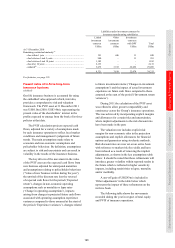 183
183 -
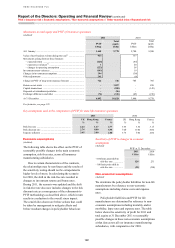 184
184 -
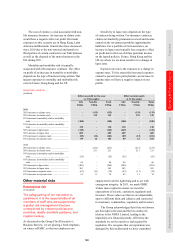 185
185 -
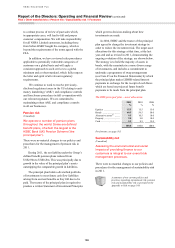 186
186 -
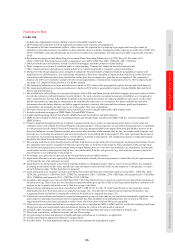 187
187 -
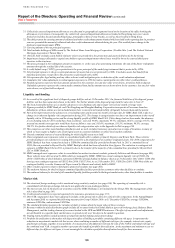 188
188 -
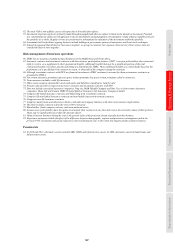 189
189 -
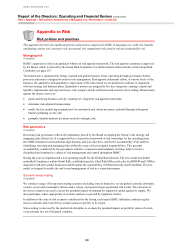 190
190 -
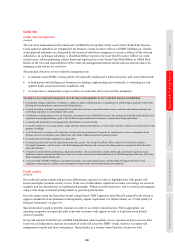 191
191 -
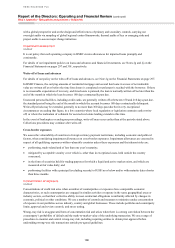 192
192 -
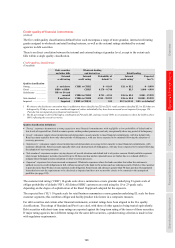 193
193 -
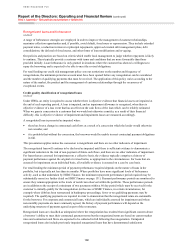 194
194 -
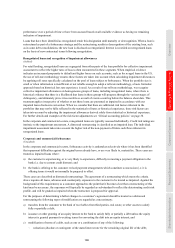 195
195 -
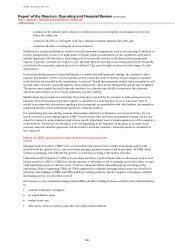 196
196 -
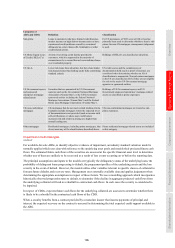 197
197 -
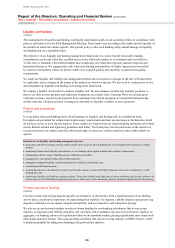 198
198 -
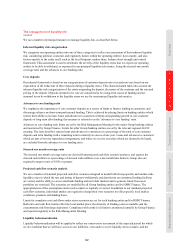 199
199 -
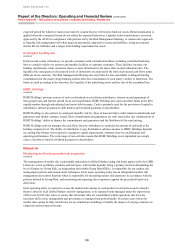 200
200 -
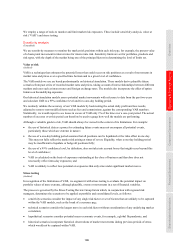 201
201 -
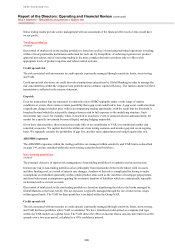 202
202 -
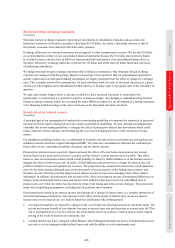 203
203 -
 204
204 -
 205
205 -
 206
206 -
 207
207 -
 208
208 -
 209
209 -
 210
210 -
 211
211 -
 212
212 -
 213
213 -
 214
214 -
 215
215 -
 216
216 -
 217
217 -
 218
218 -
 219
219 -
 220
220 -
 221
221 -
 222
222 -
 223
223 -
 224
224 -
 225
225 -
 226
226 -
 227
227 -
 228
228 -
 229
229 -
 230
230 -
 231
231 -
 232
232 -
 233
233 -
 234
234 -
 235
235 -
 236
236 -
 237
237 -
 238
238 -
 239
239 -
 240
240 -
 241
241 -
 242
242 -
 243
243 -
 244
244 -
 245
245 -
 246
246 -
 247
247 -
 248
248 -
 249
249 -
 250
250 -
 251
251 -
 252
252 -
 253
253 -
 254
254 -
 255
255 -
 256
256 -
 257
257 -
 258
258 -
 259
259 -
 260
260 -
 261
261 -
 262
262 -
 263
263 -
 264
264 -
 265
265 -
 266
266 -
 267
267 -
 268
268 -
 269
269 -
 270
270 -
 271
271 -
 272
272 -
 273
273 -
 274
274 -
 275
275 -
 276
276 -
 277
277 -
 278
278 -
 279
279 -
 280
280 -
 281
281 -
 282
282 -
 283
283 -
 284
284 -
 285
285 -
 286
286 -
 287
287 -
 288
288 -
 289
289 -
 290
290 -
 291
291 -
 292
292 -
 293
293 -
 294
294 -
 295
295 -
 296
296 -
 297
297 -
 298
298 -
 299
299 -
 300
300 -
 301
301 -
 302
302 -
 303
303 -
 304
304 -
 305
305 -
 306
306 -
 307
307 -
 308
308 -
 309
309 -
 310
310 -
 311
311 -
 312
312 -
 313
313 -
 314
314 -
 315
315 -
 316
316 -
 317
317 -
 318
318 -
 319
319 -
 320
320 -
 321
321 -
 322
322 -
 323
323 -
 324
324 -
 325
325 -
 326
326 -
 327
327 -
 328
328 -
 329
329 -
 330
330 -
 331
331 -
 332
332 -
 333
333 -
 334
334 -
 335
335 -
 336
336 -
 337
337 -
 338
338 -
 339
339 -
 340
340 -
 341
341 -
 342
342 -
 343
343 -
 344
344 -
 345
345 -
 346
346 -
 347
347 -
 348
348 -
 349
349 -
 350
350 -
 351
351 -
 352
352 -
 353
353 -
 354
354 -
 355
355 -
 356
356 -
 357
357 -
 358
358 -
 359
359 -
 360
360 -
 361
361 -
 362
362 -
 363
363 -
 364
364 -
 365
365 -
 366
366 -
 367
367 -
 368
368 -
 369
369 -
 370
370 -
 371
371 -
 372
372 -
 373
373 -
 374
374 -
 375
375 -
 376
376 -
 377
377 -
 378
378 -
 379
379 -
 380
380 -
 381
381 -
 382
382 -
 383
383 -
 384
384 -
 385
385 -
 386
386 -
 387
387 -
 388
388 -
 389
389 -
 390
390 -
 391
391 -
 392
392 -
 393
393 -
 394
394 -
 395
395 -
 396
396 -
 397
397 -
 398
398 -
 399
399 -
 400
400 -
 401
401 -
 402
402 -
 403
403 -
 404
404 -
 405
405 -
 406
406 -
 407
407 -
 408
408 -
 409
409 -
 410
410 -
 411
411 -
 412
412 -
 413
413 -
 414
414 -
 415
415 -
 416
416 -
 417
417 -
 418
418 -
 419
419 -
 420
420 -
 421
421 -
 422
422 -
 423
423 -
 424
424 -
 425
425 -
 426
426 -
 427
427 -
 428
428 -
 429
429 -
 430
430 -
 431
431 -
 432
432 -
 433
433 -
 434
434 -
 435
435 -
 436
436 -
 437
437 -
 438
438 -
 439
439 -
 440
440
 |
 |

191
Overview Operating & Financial Review Corporate Governance Financial Statements Shareholder Information
Credit quality of financial instruments
(Audited)
The five credit quality classifications defined below each encompass a range of more granular, internal credit rating
grades assigned to wholesale and retail lending business, as well as the external ratings attributed by external
agencies to debt securities.
There is no direct correlation between the internal and external ratings at granular level, except to the extent each
falls within a single quality classification.
Credit quality classification
(Unaudited)
Debt securities
and other bills Wholesale lending
and derivatives Retail lending
External
credit rating Internal
credit rating
Probability of
default %
Internal
credit rating1 Expected
loss %
Quality classification
Strong ........................... A– and above CRR1 to CRR2 0 – 0.169 EL1 to EL2 0 – 0.999
Good ............................ BBB+ to BBB– CRR3 0.170 – 0.740 EL3 1.000 – 4.999
Satisfactory .................. BB+ to B+ and
unrated
CRR4 to CRR5 0.741 – 4.914 EL4 to EL5 5.000 – 19.999
Sub-standard ................ B and below CRR6 to CRR8 4.915 – 99.999 EL6 to EL8 20.000 – 99.999
Impaired ....................... Impaired CRR9 to CRR10 100 EL9 to EL10 100+ or defaulted2
1 We observe the disclosure convention that, in addition to those classified as EL9 to EL10, retail accounts classified EL1 to EL8 that are
delinquent by 90 days or more are considered impaired, unless individually they have been assessed as not impaired (see page 128,
‘Past due but not impaired gross financial instruments’).
2 The EL percentage is derived through a combination of PD and LGD, and may exceed 100% in circumstances where the LGD is above
100% reflecting the cost of recoveries.
Quality classification definitions
• ‘Strong’: exposures demonstrate a strong capacity to meet financial commitments, with negligible or low probability of default and/or
low levels of expected loss. Retail accounts operate within product parameters and only exceptionally show any period of delinquency.
• ‘Good’: exposures require closer monitoring and demonstrate a good capacity to meet financial commitments, with low default risk.
Retail accounts typically show only short periods of delinquency, with any losses expected to be minimal following the adoption of
recovery processes.
• ‘Satisfactory’: exposures require closer monitoring and demonstrate an average to fair capacity to meet financial commitments, with
moderate default risk. Retail accounts typically show only short periods of delinquency, with any losses expected to be minor following
the adoption of recovery processes.
• ‘Sub-standard’: exposures require varying degrees of special attention and default risk is of greater concern. Retail portfolio segments
show longer delinquency periods of generally up to 90 days past due and/or expected losses are higher due to a reduced ability to
mitigate these through security realisation or other recovery processes.
• ‘Impaired’: exposures have been assessed as impaired. Wholesale exposures where the bank considers that either the customer is
unlikely to pay its credit obligations in full, without recourse by the bank to the actions such as realising security if held, or the customer
is past due more than 90 days on any material credit obligation. Retail loans and advances greater than 90 days past due. Renegotiated
loans that have met the requirements to be disclosed as impaired and have not yet met the criteria to be returned to the unimpaired
portfolio (see page 192).
The customer risk rating (‘CRR’) 10-grade scale above summarises a more granular underlying 23-grade scale of
obligor probability of default (‘PD’). All distinct HSBC customers are rated using the 10 or 23-grade scale,
depending on the degree of sophistication of the Basel II approach adopted for the exposure.
The expected loss (‘EL’) 10-grade scale for retail business summarises a more granular underlying EL scale for these
customer segments; this combines obligor and facility/product risk factors in a composite measure.
For debt securities and certain other financial instruments, external ratings have been aligned to the five quality
classifications. The ratings of Standard and Poor’s are cited, with those of other agencies being treated equivalently.
Debt securities with short-term issue ratings are reported against the long-term rating of the issuer of those securities.
If major rating agencies have different ratings for the same debt securities, a prudent rating selection is made in line
with regulatory requirements.
